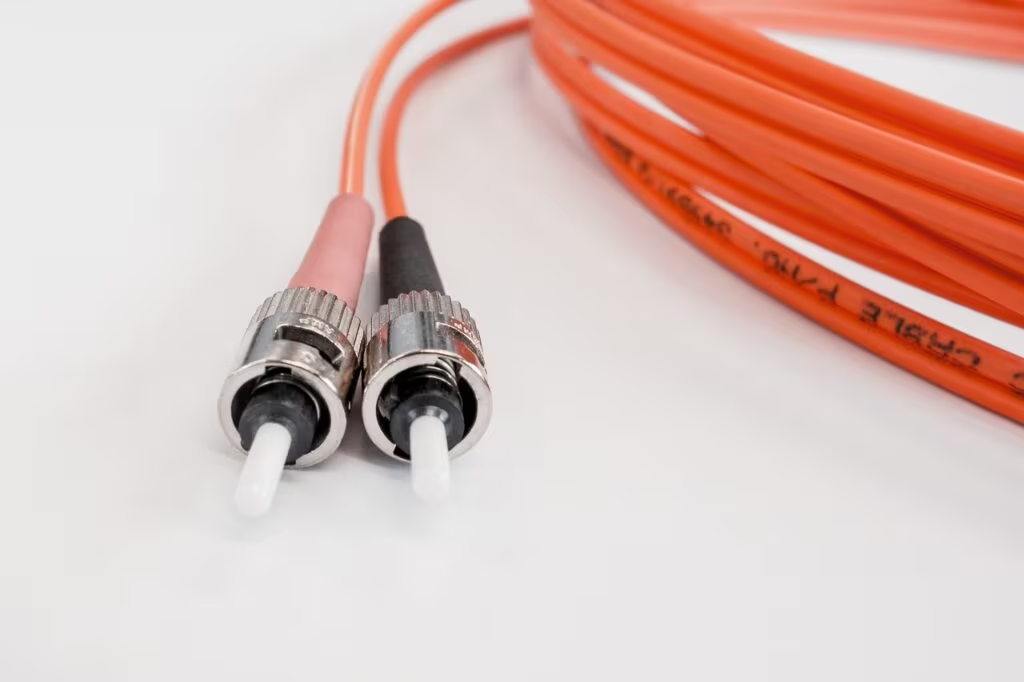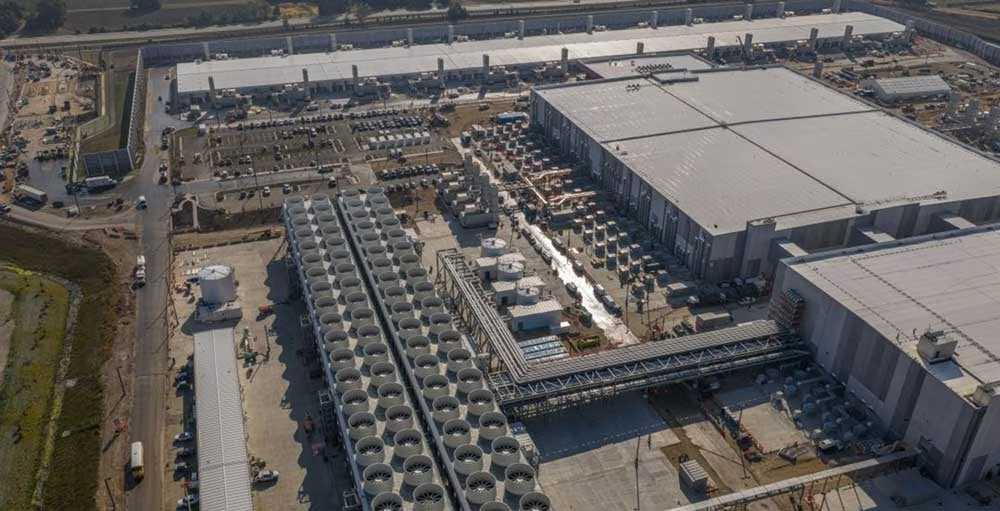The AI Infrastructure Boom: Identifying the Core Beneficiaries
As the global race for artificial intelligence dominance accelerates in 2025, the focus is shifting from the software and models to the physical infrastructure required to run them. Analysts are observing a massive surge in capital expenditures (capex) by major technology companies, specifically directed toward building and upgrading AI data centers. This spending spree is creating significant tailwinds for the entire tech stack of computer gear makers—the companies providing the essential “picks and shovels” for the AI gold rush.
For investors and industry observers, the immediate question is: Which companies are best positioned to capitalize on this unprecedented infrastructure spending? The answer lies in the specialized requirements of AI computing, which demands far greater power, cooling, and networking capabilities than traditional cloud infrastructure.
Why AI Demands Massive Capex: Power, Cooling, and Density
The fundamental difference between a standard data center and an AI-focused facility is the density of computing power. AI workloads, particularly those relying on Graphics Processing Units (GPUs) and custom silicon, consume exponentially more energy and generate significantly more heat than traditional CPUs.
This high-density environment necessitates complete overhauls of existing infrastructure, driving demand across two primary segments:
- Power and Cooling Infrastructure: AI racks can draw 50 kilowatts (kW) or more, compared to the typical 5-10 kW draw of traditional racks. This requires advanced liquid cooling systems and robust power management solutions.
- High-Performance Computing Gear: Specialized servers, high-speed networking switches, and custom chips are needed to link thousands of GPUs into cohesive, efficient AI clusters.

The Primary Beneficiaries: Power and Cooling Infrastructure
Companies specializing in the physical infrastructure that manages power delivery and heat dissipation are seen as the most direct and immediate beneficiaries of the AI capex boom. Their products are non-negotiable necessities for any high-density AI deployment.
Key Players in Power Management
Three major players stand out in providing the necessary power and thermal management solutions:
- Vertiv (VRT): A pure-play leader in critical digital infrastructure, Vertiv specializes in power and cooling solutions. Given the intense thermal requirements of modern AI servers, Vertiv’s expertise in advanced cooling technologies, including liquid cooling, positions it strongly to capture market share from the infrastructure upgrade cycle.
- Eaton (ETN): As a global power management giant, Eaton provides essential electrical components, uninterruptible power supplies (UPS), and power distribution units (PDUs). Their established presence and comprehensive product portfolio make them a foundational supplier for large-scale data center construction and modernization projects.
- Schneider Electric (SU.FR): This multinational corporation offers a broad range of data center solutions, from power distribution and management to integrated data center infrastructure management (DCIM) software. Schneider Electric is crucial for ensuring the reliability and efficiency required by hyperscale cloud providers building massive AI facilities.

Servers and Networking: The Digital Backbone
Beyond power and cooling, the actual computing and communication hardware must be upgraded to handle the massive data flows generated by AI models. This segment includes server manufacturers and high-speed networking specialists.
Server and Storage Providers
These companies are responsible for building the physical racks and integrating the GPUs and CPUs into functional, high-density server clusters:
- Super Micro Computer (SMCI): Known for its modular and highly customizable server and storage solutions, SMCI has been a first-mover in supporting high-density GPU servers. Its ability to rapidly bring specialized, liquid-cooled server designs to market has made it a preferred partner for early AI adopters.
- Dell Technologies (DELL): A stalwart in enterprise computing, Dell is leveraging its massive scale and supply chain to deliver AI-optimized servers and storage solutions to both hyperscalers and enterprise clients looking to implement AI on-premises.
- Hewlett Packard Enterprise (HPE): HPE focuses on delivering integrated AI solutions, including high-performance computing (HPC) systems tailored for intensive AI training and inference. Their offerings often target complex, large-scale deployments.
High-Speed Networking Leaders
Networking is the crucial bottleneck in AI infrastructure. Training large models requires thousands of processors to communicate seamlessly and instantaneously. This drives demand for ultra-low latency, high-bandwidth networking gear:
- Arista Networks (ANET): A leader in high-speed, cloud-grade networking solutions, Arista provides the switches and routing equipment necessary to connect the vast arrays of GPUs within AI data centers. Their focus on the 400G and 800G Ethernet standards is essential for the rapid data transfer required by AI workloads.
- Broadcom (AVGO): While known for diverse semiconductor offerings, Broadcom is a critical supplier of networking chips, including high-speed Ethernet controllers and custom silicon. Their components are foundational to the functionality of the high-speed switches used by companies like Arista and the hyperscale cloud providers themselves.

Investment Implications and Outlook
The consensus among industry analysts is that the AI infrastructure buildout is still in its early stages. Unlike previous tech cycles, the demand here is driven by fundamental physics—the need for more power and better cooling—making the infrastructure providers less susceptible to short-term fluctuations in AI software adoption.
This trend suggests a multi-year cycle of elevated capital expenditure, benefiting the companies listed above. The market is increasingly recognizing that the foundation supporting AI is as important as the chips themselves.
Categorization of AI Infrastructure Beneficiaries
To summarize the investment landscape, the beneficiaries can be grouped by their core function within the data center ecosystem:
| Segment | Core Function | Key Companies Mentioned |
|---|---|---|
| Power & Cooling | Thermal management, power distribution, UPS | Vertiv (VRT), Eaton (ETN), Schneider Electric (SU.FR) |
| Servers & Storage | High-density GPU server manufacturing, integration | Super Micro Computer (SMCI), Dell Technologies (DELL), HPE |
| Networking & Silicon | High-speed switches, routing, custom chips | Arista Networks (ANET), Broadcom (AVGO) |
Key Takeaways for Readers
- Capex Driver: The primary catalyst for growth in these stocks is the massive, non-negotiable capital expenditure required by hyperscalers (like Amazon, Google, and Microsoft) to build high-density AI data centers.
- Power is Paramount: Companies focused on power management and advanced cooling (VRT, ETN) are critical, as AI racks draw significantly more power than traditional infrastructure.
- Networking Bottleneck: High-speed networking gear (ANET, AVGO) is essential for enabling thousands of GPUs to work together efficiently, making these providers vital components of the AI supply chain.
- Multi-Year Cycle: Analysts view this infrastructure buildout as a multi-year trend, suggesting sustained demand for the providers of these foundational technologies.
Conclusion
The shift toward AI is fundamentally changing the physical requirements of the modern data center. While much attention is paid to the semiconductor giants producing the GPUs, the companies providing the underlying infrastructure—the power, cooling, servers, and networking—are positioned to capture substantial revenue from the necessary capital expenditure. For investors seeking exposure to the AI boom without focusing solely on chip makers, these infrastructure and hardware providers offer a compelling avenue to participate in the foundational growth of artificial intelligence.
Original author: PATRICK SEITZ, Investor’s Business Daily
Originally published: October 30, 2025
Editorial note: Our team reviewed and enhanced this coverage with AI-assisted tools and human editing to add helpful context while preserving verified facts and quotations from the original source.
We encourage you to consult the publisher above for the complete report and to reach out if you spot inaccuracies or compliance concerns.

